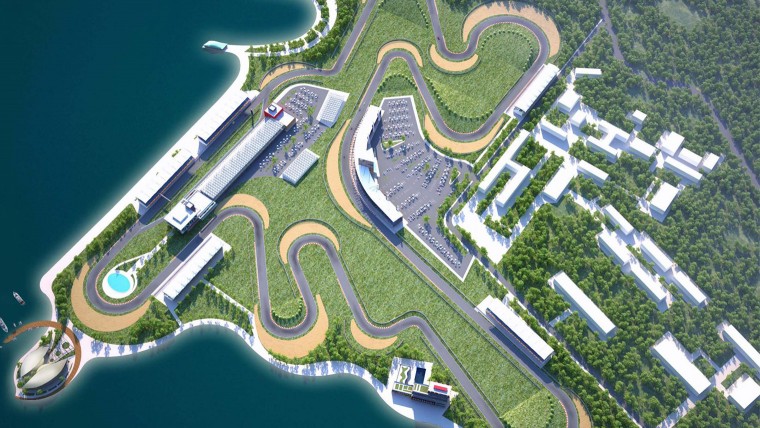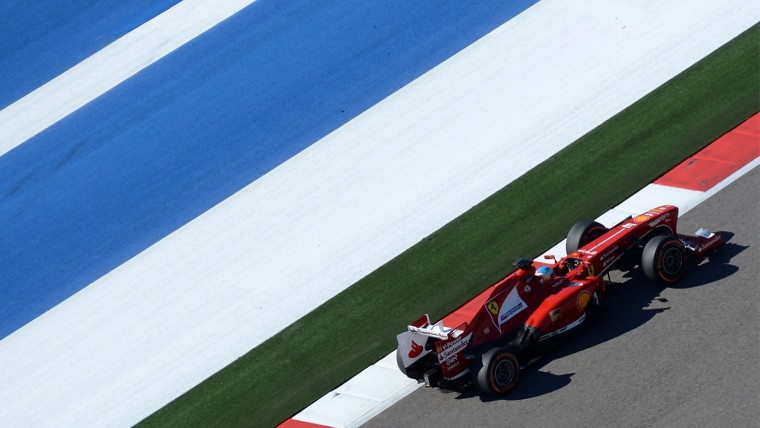Formula 1’s business model is unlike that of any other sports series. Race tracks generally do not get any revenue from the television broadcasts of a grand prix or from F1’s corporate hospitality and trackside advertising. Money from these revenue streams goes to the sport’s rights-holder the F1 Group and the tracks are left to survive on ticket sales alone. It isn’t enough.
The income from ticket sales barely covers the annual race-hosting fee which comes to an average of around $33 million. Adding to the pressure on race promoters, the hosting fees accelerate by up to 10 per cent annually thanks to escalator clauses in the contracts.
Footing the bill for the running costs of a grand prix would drive the race promoters into loss, so it is usually covered by governments who invest more than $400 million in F1 races every year. They need to be wealthy nations in order to afford this which explains why Formula 1 races take place in eight of the ten nations with the highest gross domestic product, according to data from the World Bank. It particularly appeals to a certain type of country.
The average fee to host a race has risen by 18.9 per cent over the past five years
F1 is the world’s most-watched annual sports series and last year had 425 million television viewers. Over the past decade this has brought the sport to the attention of emerging markets looking to increase their global profile. Hosting an F1 race puts them on the sporting map alongside developed countries. The tremendous visibility on TV also promotes tourism, so governments of emerging markets are prepared to fund the hosting fees for their races.
This has fuelled an arms race between them which has boosted the average hosting fee by 18.9 per cent over the past five years. The effect has been magnified by the fact that the teams have historically refused to attend more than 20 races annually, due to the time spent away from home. It puts even more of a premium on F1’s calendar slots which contributes to driving the price up.

Track concept for Baku, capital of Azerbaijan which will be hosting a race in 2016
In turn, many races in F1’s European heartland have been priced out of the market. European countries don’t need to use F1 to promote tourism, so their governments tend not to fund the hosting fees. Accordingly, in the past decade F1 has lost races in France and Turkey, while Germany and Spain began to alternate venues annually after previously holding two grands prix every year.
Developed nations which host F1 gain through economic benefit from hundreds of thousands of spectators spending in the local area when they visit the race. One of the biggest beneficiaries has been the United States which returned to F1’s calendar in 2012 after a five-year hiatus. The inaugural race at the Circuit of the Americas (COTA) in Austin, Texas, attracted 117,429 spectators giving it the second-highest race-day attendance after the British Grand Prix.
Smith Travel Research reported that over the five-day period ending on Sunday November 18, when the race took place, hotels in the Austin area took in $32 million, which is triple the amount made during the same period the previous year. Hotel occupancy in downtown Austin the night before the race averaged at 97.8 per cent with guests paying an average rate of $300.44. In comparison, on the closest Saturday the previous year, the average rate came to $111.40. Although the average rate dropped to $266.16 on race day, this was still far higher than the $86.52 achieved the previous year.

Fernando Alonso, driving for Ferrari at the Circuit of The Americas, Austin, Texas
Even beverage takings got a boost as Austin alcohol sales for November 2012 were 23 per cent higher than the same month the previous year. COTA sold more beer, wine and mixed drinks in November 2012 than any other venue in Texas and made $2.8 million from this alone.
This year F1 will return to Mexico City after a 23-year absence, giving a record 20 races on the calendar. In 2016, it will be joined by a grand prix in Baku, capital of oil-rich Azerbaijan, which will push the calendar beyond the previous limit. Time will tell whether the teams give the green light to 21 races or whether the brakes will be put on one of the races.


